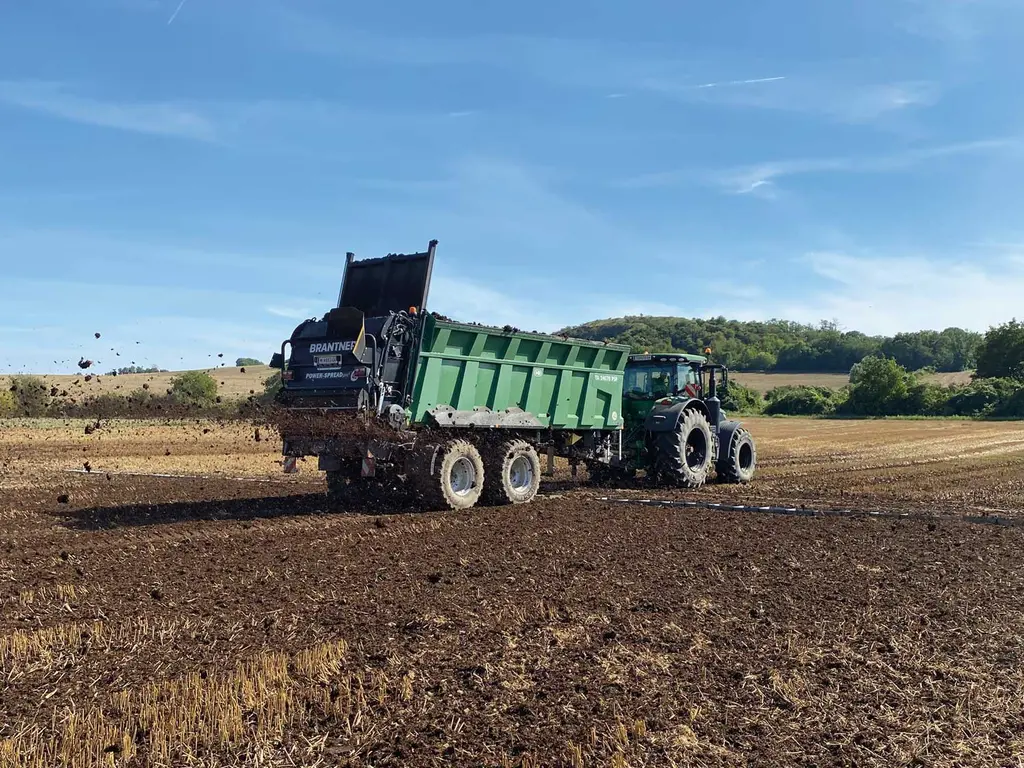Grain is a very sensitive foodstuff. The quality and quantity losses due to incorrect storage are correspondingly high. DLG Expert Knowledge Series 425 describes not only the risk factors encountered in storage, but also measures such as cleaning, drying, airing and cooling. These serve to achieve sound storage stability and thus to avoid vitality and germinability of the stored grain.
Initially the Expert Knowledge Series leaflet is only available in Russian, Swedish and German.


























